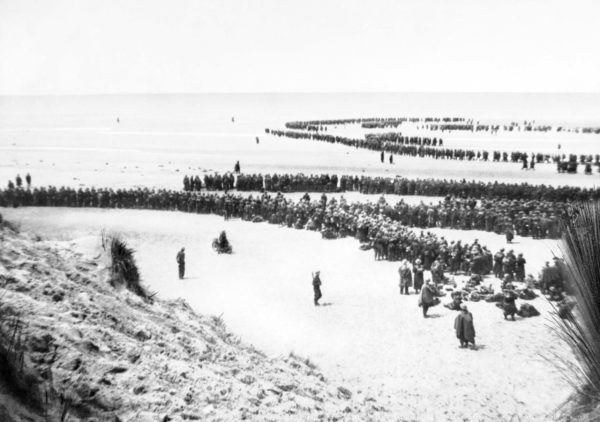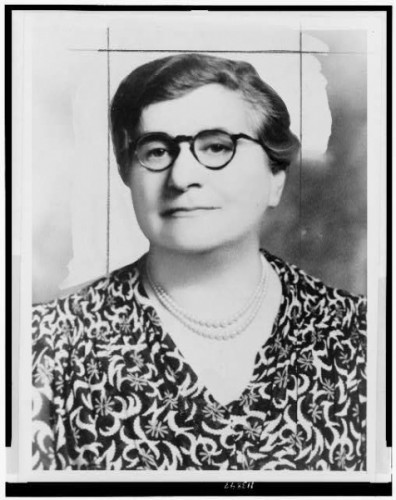Stew’s Introduction

I’m very excited to have Denis Caron as our guest blogger today. Denis is an accomplished historical fiction author specializing in military history and World War II (more on that later). His blog describes how a British soldier gave up his seat for a wounded comrade on one of the Dunkirk boats and was unable to catch another ride back to England. Traveling on foot, he ultimately outwitted the Germans and provides an uplifting story about perseverance, fortitude, and resourcefulness.
Did You Know?
Denis mentions how 80,000 British and French soldiers were left behind in Dunkirk. What many people don’t know is how many French soldiers were captured by the Germans during the Battle of France. During May and June 1940 as the Nazis swept into France, approximately 2.0 million French soldiers were taken prisoner. This represented around ten percent of the total adult male population of France at the time. Despite Vichy’s attempt to gain their release (e.g., the relève program), the majority of these men spent the war as POWs in either Oflags (Officers’ Camp) or Stalags (all others). Most of the prisoners were used for manual labor on farms with their wages confiscated by the Germans. After the Liberation, the men came home to a rather hostile environment. Based on prior Vichy propaganda, it was thought the prisoners lived in better conditions than the general French population under the Occupation. The men were held responsible for the French defeat at the hands of the Nazis and considered cowards who surrendered rather than fighting. Members of the French Resistance and Free French Forces were held in higher esteem. It wasn’t until the 1950s that the former prisoners were granted the rights and benefits of being considered recognized veterans.

From 27 May to 4 June 1940, 338,226 men escaped from the beach at Dunkirk. Many of you know how British citizens answered the call with their little ships, putting themselves in the line of fire to rescue people thus increasing the number of lives saved. Prime Minister Churchill called this a ‘miracle’, later using the term ‘Dunkirk Spirit’ to refer to the solidarity of the British people. Read More Dunkirk. No Ships Left. What Would You Do?


